The top 10 busiest metro systems in the world
- Like
- Digg
- Del
- Tumblr
- VKontakte
- Buffer
- Love This
- Odnoklassniki
- Meneame
- Blogger
- Amazon
- Yahoo Mail
- Gmail
- AOL
- Newsvine
- HackerNews
- Evernote
- MySpace
- Mail.ru
- Viadeo
- Line
- Comments
- Yummly
- SMS
- Viber
- Telegram
- Subscribe
- Skype
- Facebook Messenger
- Kakao
- LiveJournal
- Yammer
- Edgar
- Fintel
- Mix
- Instapaper
- Copy Link
Posted: 12 March 2021 | Joshua Minchin - Intelligent Transport | No comments yet
Intelligent Transport’s Joshua Minchin counts down through 10 of the world’s busiest metro systems, detailing some astonishingly high ridership figures.
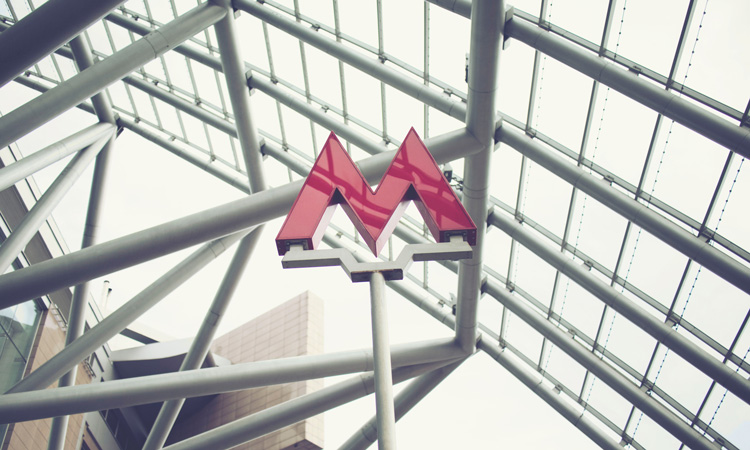

Since the first underground railway opened in London in 1863 between Farringdon and Paddington, the metro has become one of the most important modes of mass transportation in the modern world. Almost every major city around the world possesses its own metro network, into which commuters pile into every day to get to and from work. There are few systems, however, that can boast the ridership figures of the below systems (outside of COVID-19 restrictions of course).
While different transport authorities release their ridership statistics at different times, using the latest figures from each metro we have been able identify the top 10 busiest systems in the world.
10. Shenzhen
One of the youngest systems on this list, the Shenzhen Metro began operating in 2004, yet it ranks as the fourth longest system in the world after several extensions (the latest of which was opened in 2020).
Sitting on the Pearl River Delta and bordering Hong Kong to the South, Shenzhen is one of China’s biggest cities and ranks highly in the Global Financial Centres Index. A city with lofty financial ambitions like Shenzhen needs a metro system to match, and that’s what the Guangdong city has. In 2019 1. 62 billion people rode the Shenzhen metro, earning it tenth spot on our list.
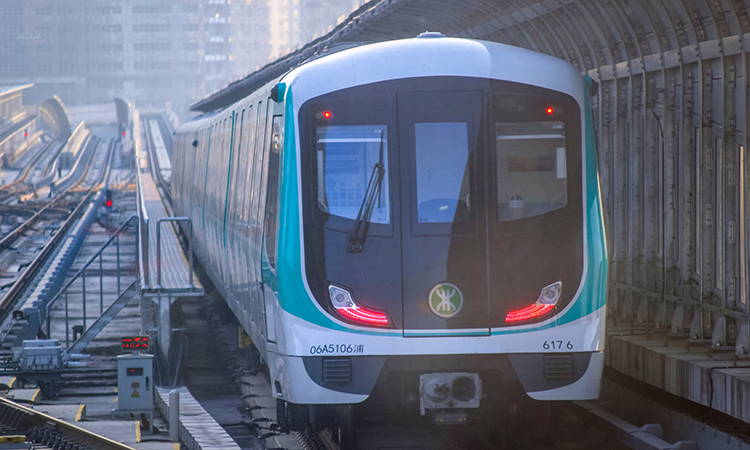

Shenzhen is growing at a rapid rate, as is its metro system
9. Mexico City
In what will be a rare departure from Asia for this list, Mexico is home to the ninth busiest system in the world. Mexico City’s Sistema de Transporte Colectivo – Metrois is the second busiest metro system in North America, boasting an annual ridership of 1. 65 billion in 2019 – just edging ahead of Shenzhen to take ninth spot.
Beginning life in 1969, the STC now has a network length of just over 200km and 12 lines. Ten of these use rubber tyres rather than the traditional steel wheels, a technology first trialled on the Paris Metro, which makes its trains quieter than some of the others on this list.
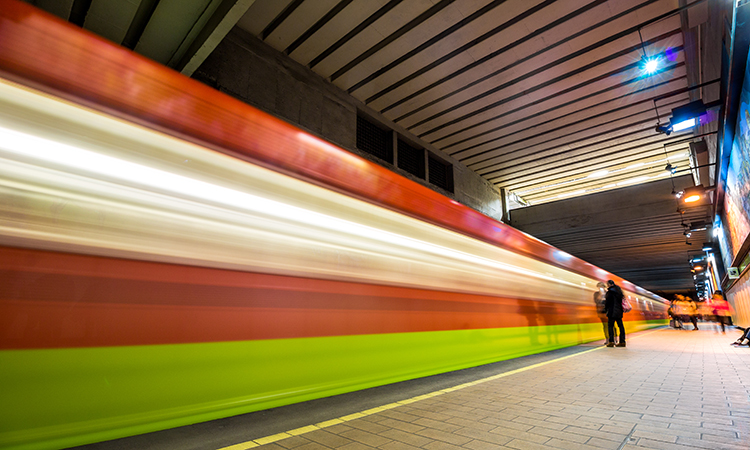

The most populous city in North America also has one of the busiest metro systems
8. Hong Kong
One or two eyebrows may be raised at the position of Hong Kong’s Mass Transit Railway (MTR) in this list, which is often thought of as one of the world’s most packed networks. The MTR is actually a mix of both heavy and light rail lines, connecting Hong Kong Island itself with the Kowloon peninsula and other built-up areas of the Hong Kong territory.
The figures don’t lie however, and MTR’s say that 1. 68 billion people took trains on the network in 2019 (note this figure includes the Airport Express and so-called cross-boundary services). This is by no means a small number of people, and it’s worth remembering that Hong Kong’s population is more akin to London’s, rather than Beijing’s.
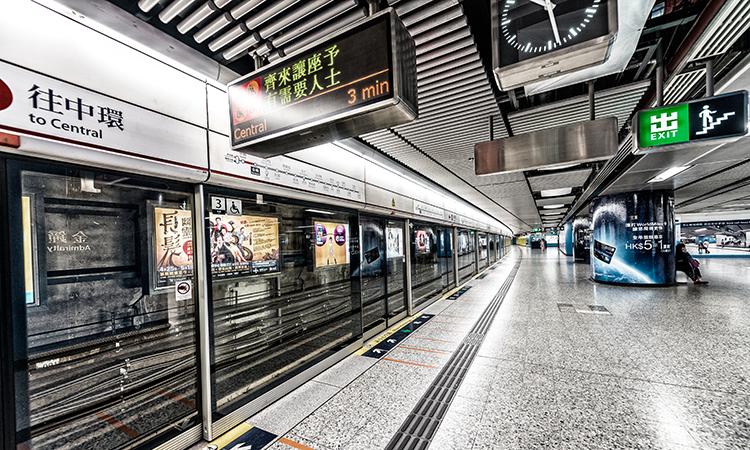

Hong Kong’s MTR links the sprawling land mass known as Hong Kong together
7. New York
The world’s biggest metro system by number of stations ranks seventh on this list. The Big Apple’s famous grey trains serve 472 stations throughout the city across 36 lines, making it a true behemoth of the metro world. In 2019 New York’s Metropolitan Transportation Authority (MTA) reported ridership figures of 1. 69 billion, with Times Square unsurprisingly ranking as the busiest station on the network that year (an enormous 65 million people passed through its gates). Though the MTA itself faces significant service cuts as a result of reduced ridership during the COVID-19 pandemic, a return to these figures could go a long way to solving its financial woes.
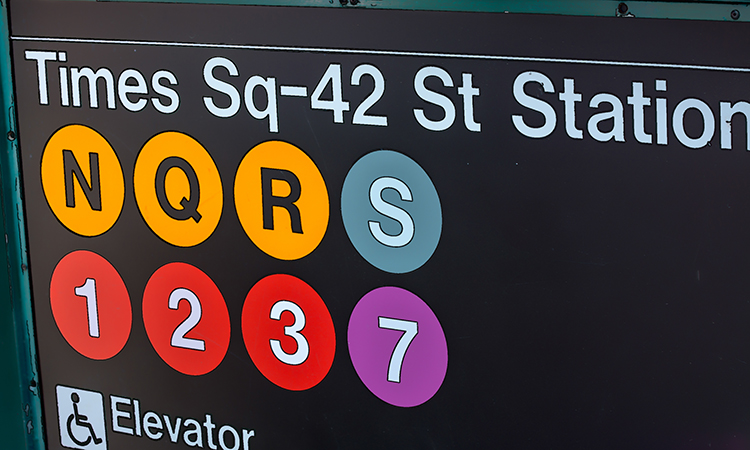

Times Square is unsurprisingly New York’s busiest station
6. Beijing
It’s perhaps no surprise to see the Beijing Subway on this list (though it’s position may surprise a few). The Chinese capital’s metro system sprawls for 450 miles of track over 24 lines, serving 428 stations along the way. When the new developments are completed, the network length will total almost 1,000km. In 2020, the Chinese Ministry of Transport estimated that 2. 29 billion riders took a trip on the Beijing Subway, which earns it sixth spot on this list, despite being China’s most populous city.
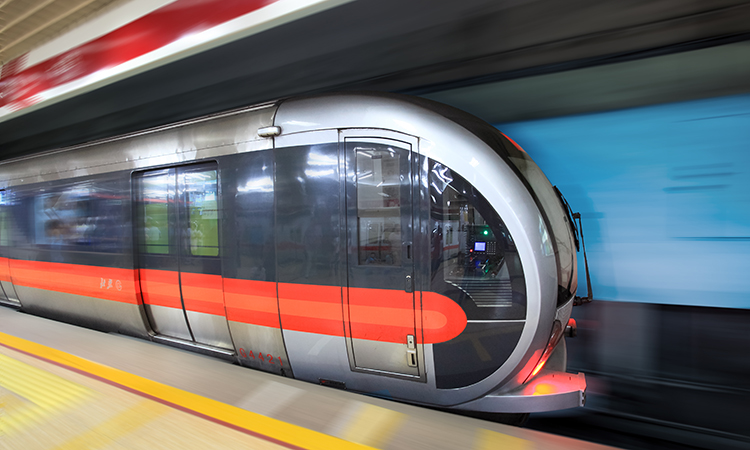

China’s most populous city only ranks sixth on this list – but finding a seat at rush hour may still be a challenge
5. Guangzhou
Sitting on the Pearl River Delta, across from Shenzhen and north of Hong Kong, Guangzhou is one of China’s biggest and most important ports. The capital of Guangdong province also boasts one of the country’s biggest and busiest metro systems, despite beginning operation just 23 years ago.
Guangzhou’s 14 lines serve 247 stations, and after recent extensions of Line 8 north to the Baiyun district, the network can now boast over 300km of track. 2. 4 billion people are estimated to have ridden the Guangzhou Metro in 2020, which is just enough to get it into the top five of this list.
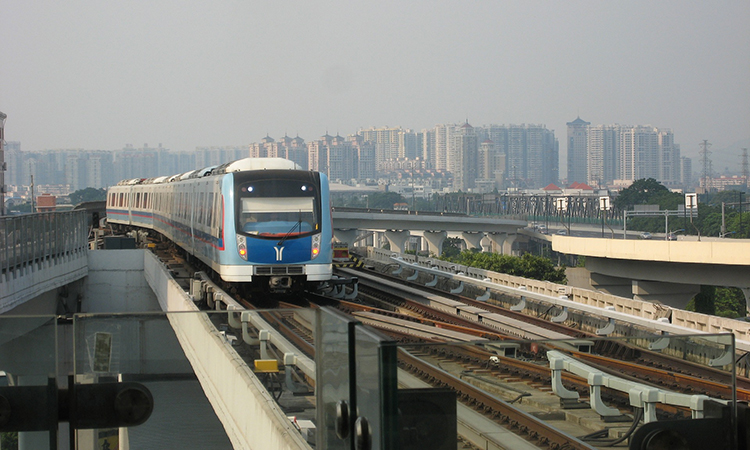

Guangzhou is one of China’s most strategic cities and has a busy metro system to match
4. Moscow
The Moscow Metro is one of the world’s most famous and prettiest transport networks – a short trip to Komsomolskaya or Belorusskaya will certainly change your perspective on what it is possible for a station to look like. Built in 1935, grandeur is not in short supply in the Moscow Metro – and neither are passengers.
Moscow Metro reports that 2. 56 billion people rode the metro in 2019. As impressive as this statistic is, it’s outdone by another released by Moscow Metro, which puts the total area of marble tiles used across the system 428,900 square metres.
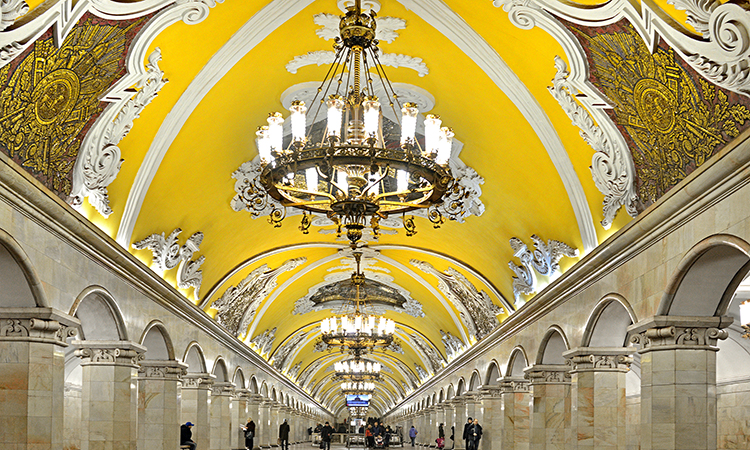

The Moscow Metro is probably the world’s most beautiful with stations like Komsomolskaya (pictured) stunningly decorated
3. Tokyo
One of the most densely populated cities on the planet is also home to one of the busiest metro systems. One of two metro systems in the Japanese capital (the Toei Subway is also far from quiet during peak hours), the Tokyo Metro carried a huge 2. 7 billion people in 2019.
In fact, trains can be become so crowded that the Tokyo Metro employs aptly named Oshiya or “Passenger Pushers” to cram every last commuter into the carriages and ensure that nobody is caught in the doors – not something you’re used to seeing on every metro system.
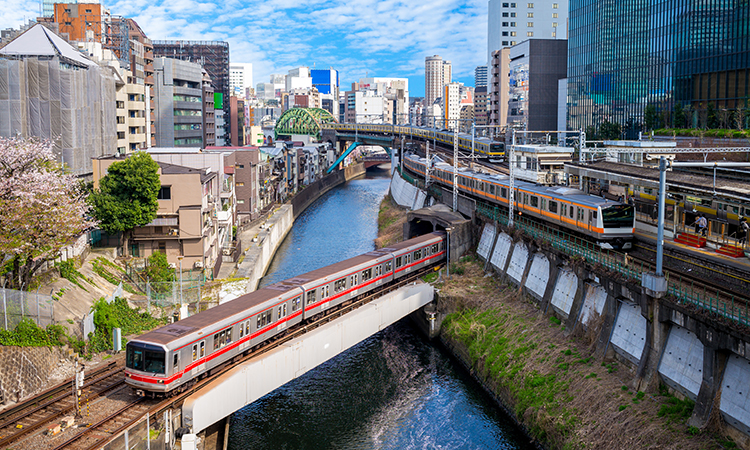

“Passenger pushers” cram commuters into carriages at busy stations on the Tokyo metro
2. Shanghai
The third oldest metro system in China (after the Beijing Subway and the Tianjin Metro) is also the busiest. The Shanghai metro carried an estimated 2. 8 billion riders over its 462 miles of track in 2020 according to the Chinese Ministry of Transport, which narrowly puts it in second place on this list. Though it might only be a runner up in terms of passenger numbers, its 462 miles of track make it the world’s longest. The latest addition to the system came just weeks ago too, as 14 new stations opened across the network at the end of 2020.
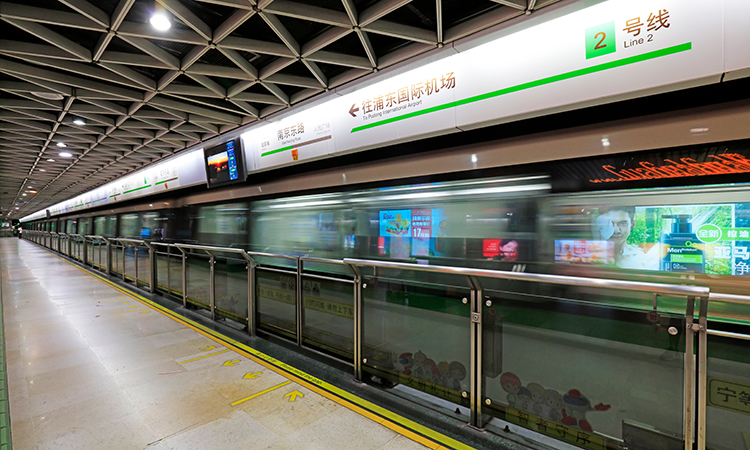

The Shanghai Metro is actually the world’s longest, with 462 miles of track
1. Seoul
South Korea’s capital is a bustling metropolis with a population density of 16,000 people per square kilometre – and it has a metro system to match. The Seoul Metropolitan Subway (to give it its proper name) had a ridership of 2. 9 billion in 2019 – the equivalent of more than a third of the world’s population taking a trip. Alongside its 333 stations, Seoul’s metro also boasts some of the most comfortable trains in operation anywhere in the world, complete with LCD screens displaying the news and stock prices, air conditioning for the summer and even heated seats for the winter. Expansions to the network are planned every year up until 2025, meaning this sprawling system could get even busier in a few years’ time.
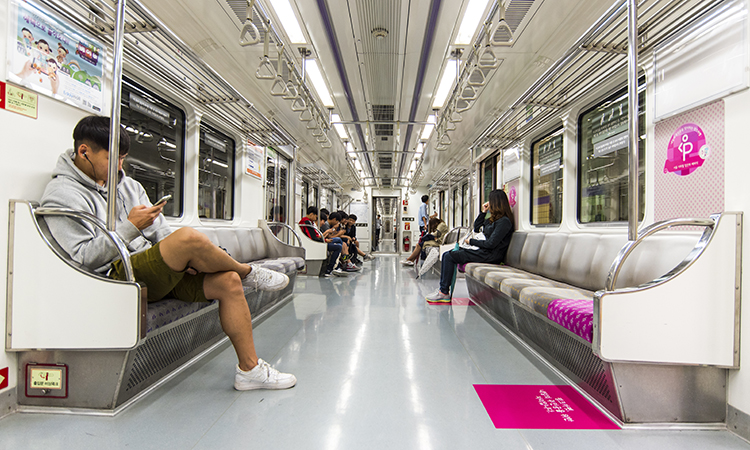

Seoul has the busiest metro system in the world, carrying 2.9 billion people in 2019
Related topics
Fleet Management & Maintenance, Infrastructure & Urban Planning, Passenger Experience, Public Transport, Travel & Passenger Information
Related modes
Metro








